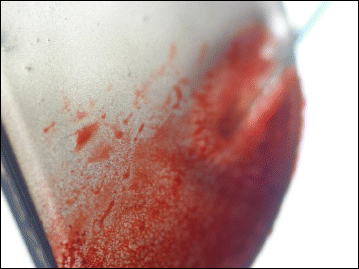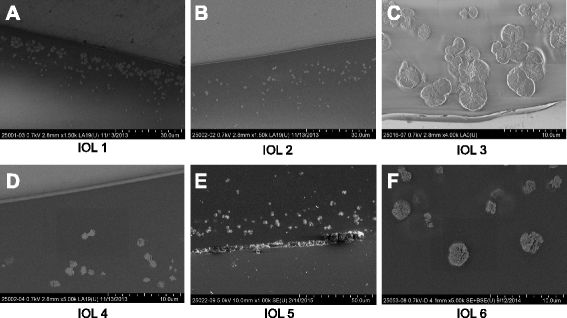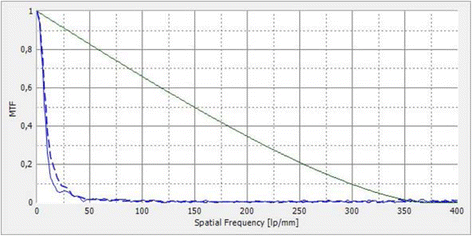Optical and material analysis of opacified hydrophilic intraocular lenses after explantation: a laboratory study
- PMID: 26606985
- PMCID: PMC4659174
- DOI: 10.1186/s12886-015-0149-1
Optical and material analysis of opacified hydrophilic intraocular lenses after explantation: a laboratory study
Abstract
Background: The opacification of hydrophilic intraocular lenses (IOLs) is a very rare complication in terms of absolute numbers. We report on the analyses of opacified Euromaxx ALI313Y and ALI313 IOLs (Argonoptics, Germany) using light and scanning electron microscopy, X-ray spectroscopy and optical bench analysis.
Methods: Opacified Euromaxx ALI313Y and ALI313 IOLs were explanted after patients presented with a decrease in visual acuity. The explants were sent to our laboratory and examined using light and scanning electron microscopy. The composition of the deposits was analysed using X-ray spectroscopy. The optical quality of the intraocular lens (IOL) was assessed using the OptiSpheric IOL PRO optical bench (Trioptics GmbH Wedel, Germany). Modulation transfer function (MTF) was measured at all spatial frequencies and United States Air Force (USAF) 1951 resolution target pictures were documented.
Results: Macroscopically, the entire optic was opacified in all IOLs. Light and scanning electron microscopy revealed numerous fine, granular, crystalline-like deposits, which were always distributed in a line parallel to the anterior and posterior surfaces of the IOLs. X-ray spectroscopy could prove the deposits consisted of Calcium and Phosphate. Measurements in the optical bench showed deterioration of MTF values at all spatial frequencies and the USAF target pictures demonstrated a significant reduction of brightness as well as resolution with the opacified IOLs.
Conclusions: The calcification of hydrophilic IOLs only occurs rarely. The exact chemical composition of the deposits can be assessed by means of X-ray spectroscopy. Optical quality analysis of the explanted Euromaxx ALI313Y and ALI313 IOLs showed significant reduction of MTF values, which was confirmed by USAF target pictures.
Figures









References
-
- Fung SS, Sykakis E, Islam NM, Zambarakji HJ, Khoramnia R, Auffarth GU, Parmar DN. Intraocular Lens Opacification following Intracameral Injection of Recombinant Tissue Plasminogen Activator to Treat Inflammatory Membranes after Cataract Surgery. J Ophthalmol. 2015;2015:975075. doi: 10.1155/2015/975075. - DOI - PMC - PubMed
Publication types
MeSH terms
Substances
LinkOut - more resources
Full Text Sources
Other Literature Sources
Miscellaneous

